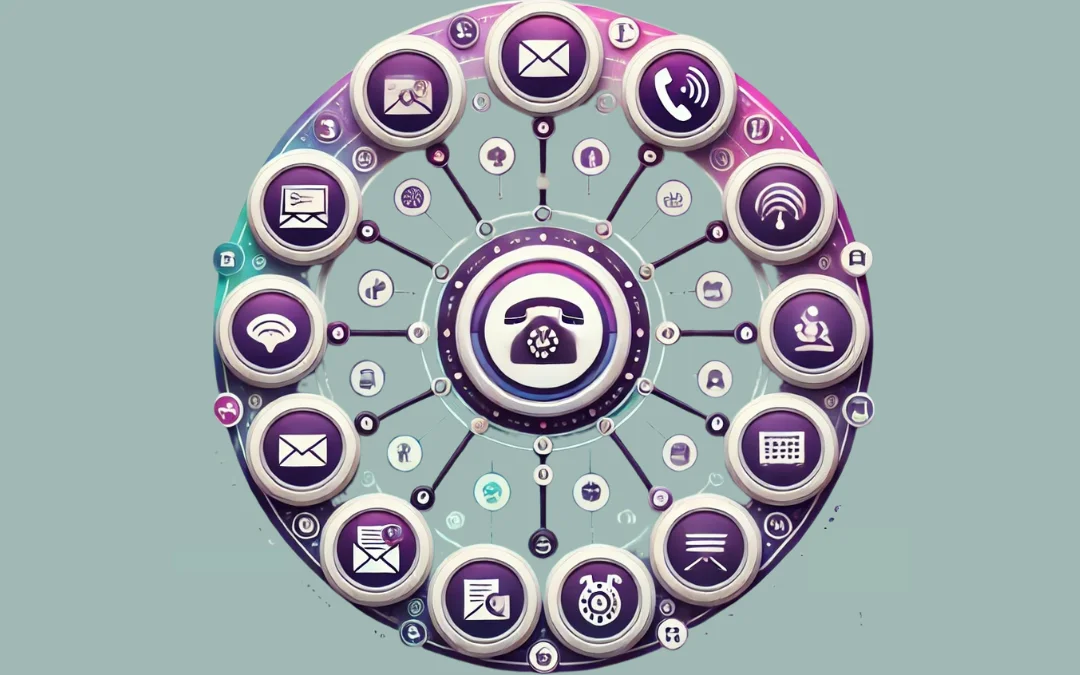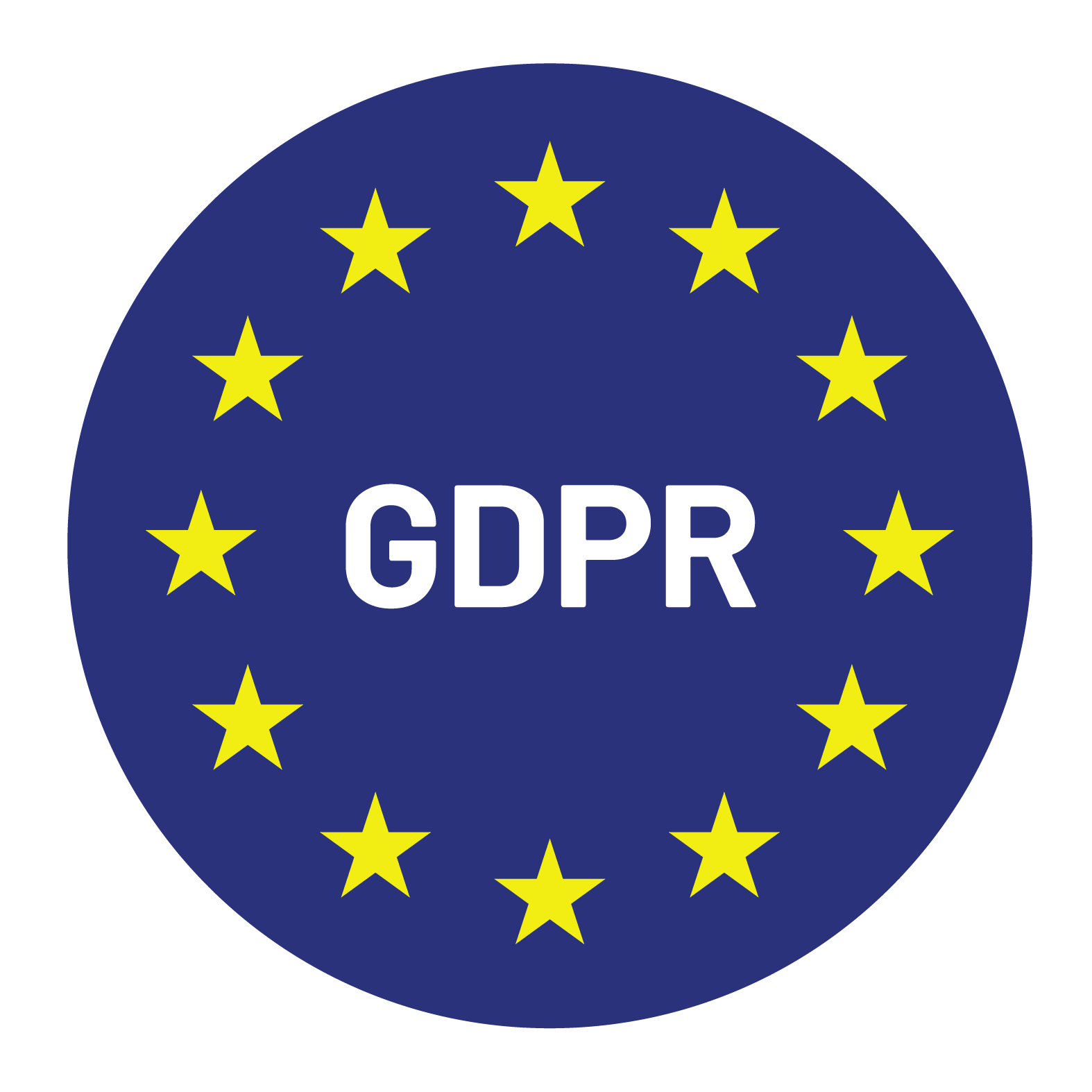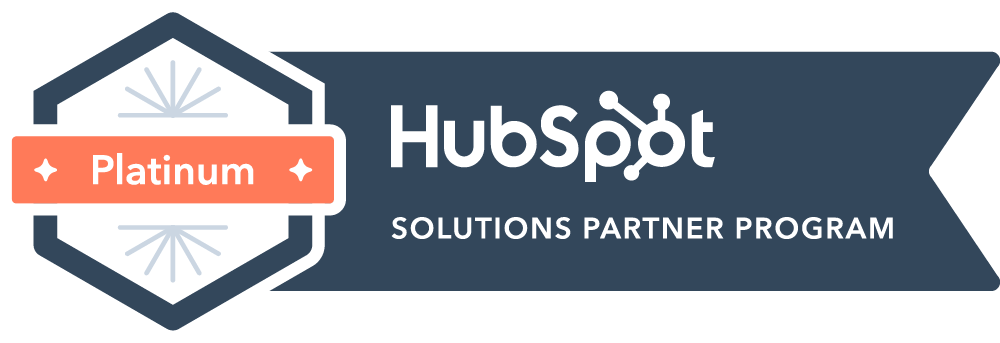

Content Writer for Whistle with multidisciplinary experience spanning over a decade.
Most cold emails never get read. Inboxes are flooded, spam filters are ruthless, and prospects are quicker than ever to hit delete. If email is your only outreach channel, you lose opportunities before you start. Therefore, a multi-channel outreach strategy is crucial for effective communication and engagement with potential clients.
Multi-channel outreach changes the game. When you combine email with LinkedIn, calls, and other touchpoints, prospects don’t just see your name once and forget it. They recognize you. Engagement goes up, conversations open, and deals move forward.
This guide breaks down how SDRs can build a smarter outreach strategy that gets noticed—and gets results.
Email has long been the backbone of outbound sales, but it’s becoming less reliable. Spam filters block even legitimate messages, inboxes are overcrowded, and open rates are unpredictable. A well-written email can still end up ignored or buried under dozens of others. Relying solely on email puts SDRs at the mercy of algorithms and prospect attention spans.
A multi-channel approach changes that. By reaching prospects on different platforms, SDRs gain more visibility and build credibility over time. A LinkedIn connection, a well-timed call, or even a direct mail piece reinforces your message, making prospects more likely to engage when they do see an email.
Using multiple channels isn’t about volume. It’s about being seen in the right places. A mix of email, LinkedIn, phone calls, and other methods makes outreach feel more natural and less intrusive.
Multi-channel engagement works because different people prefer different modes of communication. Some respond to LinkedIn messages, others to calls. The right mix improves response rates and creates more opportunities for conversation.
Not every channel works for every audience. SDRs need to be precise about where their prospects are most active. LinkedIn is powerful for B2B outreach, but some industries still lean heavily on phone calls. Others engage through webinars, Slack communities, or even direct mail.
The only way to know what works is through research and testing. Look at past conversions, analyze response patterns, and refine your approach based on real engagement data. The best outreach strategy is the one that meets prospects where they already are.
A strong outreach strategy doesn’t replace email—it makes it more effective. Email still plays a central role, but layering it with LinkedIn messages, phone calls, and targeted ads creates a more dynamic and engaging approach. Instead of bombarding prospects with repeated emails, SDRs can use different channels to reinforce their message in a way that feels natural.
For example, an SDR might start with an email, and then follow up with a LinkedIn connection request. Once the prospect has seen their name twice, a call feels less intrusive. By the time they receive a second email, the outreach is familiar rather than random. Every touchpoint increases recognition and builds credibility, making it harder for prospects to ignore the message.
Outreach should feel like a conversation, not a series of disconnected attempts to get a response. A well-structured sequence ensures SDRs stay in front of prospects without overwhelming them. The key is consistency—being persistent without being pushy.
An effective multi-channel sequence might look like this:
Each step builds on the last, reinforcing familiarity. A prospect who doesn’t reply to the first email might recognize the SDR’s name when they see a LinkedIn request. If they later receive a call, they’re more likely to take it. SDRs who follow a structured sequence avoid the common mistake of relying on a single channel and hoping for the best.
Personalization matters, but it has to match the channel. A LinkedIn message should feel like a casual introduction, while an email allows for a more structured pitch. Calls need to be direct and engaging, grabbing attention within seconds.
Repeating the same message across every platform makes outreach feel robotic. Instead, SDRs should tailor their approach based on the channel and the prospect’s engagement. For example, if a prospect engages with a LinkedIn post, referencing it in a follow-up message makes the outreach feel relevant. If they open an email but don’t respond, a follow-up call can acknowledge that they saw it and offer additional value.
The goal isn’t just to get a reply—it’s to create a natural conversation. Personalization done right makes outreach less about selling and more about building real connections.
Managing multi-channel outreach manually is inefficient. Sales engagement platforms automate sequences, track responses, and provide analytics to refine outreach efforts.
Tools like Outreach, Salesloft, and Apollo help SDRs schedule emails, set LinkedIn tasks and integrate call tracking into a single workflow. Automation keeps outreach consistent without losing the personal touch.
Outreach only works when it’s directed at the right people. A well-maintained CRM with accurate, enriched data ensures SDRs target the right contacts with up-to-date information.
Data enrichment tools like Clearbit and ZoomInfo help fill in missing details, validate email addresses, and identify high-priority prospects. Clean data improves response rates and reduces wasted effort.
Social selling tools tools make it easier to engage with prospects outside of direct messages. LinkedIn Sales Navigator helps SDRs track prospect activity, engage with posts, and build rapport before reaching out.
Other tools, like Hootsuite and Sprout Social, allow SDRs to monitor industry conversations and identify engagement opportunities. Social selling isn’t about pushing a pitch. It’s about staying visible and relevant.
Data drives improvement. Tracking performance across multiple channels helps SDRs understand what works and where adjustments are needed.
Key metrics to track:
Regularly reviewing these numbers helps refine outreach strategies for better results.
Testing different outreach approaches is essential. A/B testing subject lines, message styles, and timing across different channels helps identify the most effective strategies.
For example:
Constant iteration based on data ensures outreach stays effective.
Companies using multi-channel outreach see stronger engagement and conversion rates. For example, SDR teams that integrate LinkedIn, phone, and email report higher response rates than those using email alone.
One SaaS company increased its meeting bookings by 40% after implementing a structured outreach sequence combining LinkedIn and phone calls alongside email. The key was consistency—each touchpoint built on the last, making outreach feel natural instead of forced.
The lesson is clear: multi-channel outreach isn’t about doing more. It’s about doing it smarter.
Multi-channel outreach is no longer optional for SDRs. It’s the difference between emails getting ignored and conversations that lead to deals.
Using the right mix of channels, a structured approach, and the right tools turns outbound sales into a repeatable, scalable process. SDRs who adapt to this approach will connect with more prospects, book more meetings, and close more deals.
Whistle makes multi-channel outreach simple. From smarter targeting to seamless execution, we help SDR teams build strategies that work. Get in touch to see how.
Appointment setting is the process of identifying, qualifying, and scheduling sales meetings with high-potential prospects.
Outsourcing provides expertise, scalability, and consistent lead generation, helping startups convert more leads into customers.
Look for experience in AI SaaS, a proven track record, transparent pricing, and a structured lead qualification process.


© Copyright – Whistle 2023